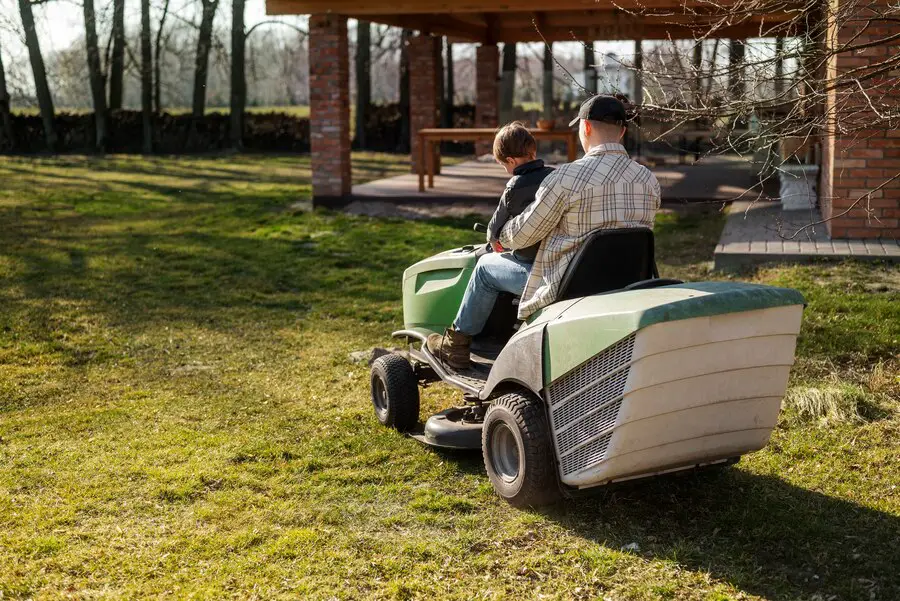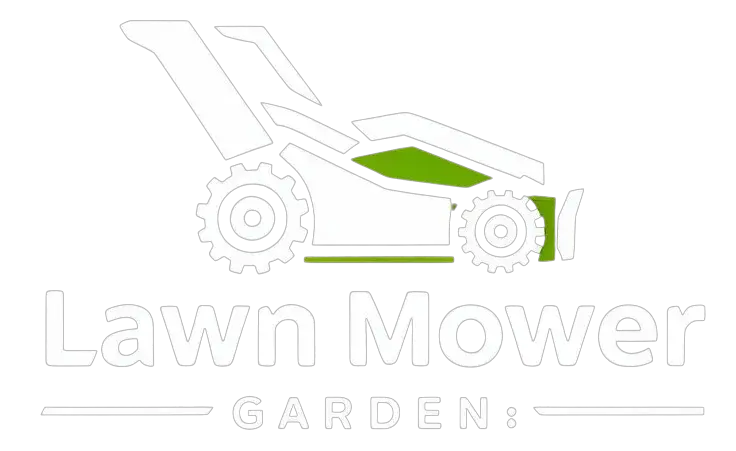
Imagine this: it’s a beautiful Saturday morning, the sun’s shining, and you’ve just finished your first cup of coffee. There’s nothing quite like the peaceful feeling of being outside, enjoying the fresh air, and looking at your well-manicured lawn. But then, you remember—your trusty old lawn mower is on its last legs, and it’s time to invest in something that can help you tackle that massive yard more efficiently.
Buying a riding lawn mower isn’t a decision to take lightly. After all, it’s an investment that will likely serve you for many seasons to come. But how do you know which one is the right fit for your needs? That’s where this guide comes in! Let’s explore the key features to consider when buying a riding lawn mower, so you can confidently choose the best model for your lawn and lifestyle.
1. Size of Your Lawn Matters
One of the first things to consider is the size of your lawn. This is an obvious one, but it’s easy to overlook. If your lawn is large—say, over an acre—then a riding mower is almost certainly the way to go. But the size of the mower matters too!
- For Small Yards (Under 1/2 Acre): You might get away with a smaller, compact model. These tend to be more maneuverable, easier to store, and cost less.
- For Medium Yards (1/2 to 2 Acres): You’ll want a mower with a bit more power and a larger deck, somewhere around 42 to 46 inches. This will help you cover more ground quickly without sacrificing precision.
- For Large Yards (Over 2 Acres): A mower with a larger cutting deck, perhaps 48 inches or more, will save you time. Also, consider the type of terrain, as larger lawns often have hills and bumps that require a more durable machine.
Real-life Example:
Let’s say your lawn is about 1.5 acres. A mower with a 42-inch deck will allow you to finish faster, and it’s small enough to easily store in your shed. But if your yard is more like 3 acres, you might want something with a 54-inch deck for efficiency and a more powerful engine to handle those big jobs.
2. Engine Power: How Much is Enough?
The engine is the heart of the machine. A powerful engine means better performance, especially for thicker grass or uneven terrain. But how much power do you actually need?
- Small Yards: A mower with 12-15 horsepower (HP) should be enough for simple, well-maintained lawns.
- Medium to Large Yards: You’ll want an engine that’s in the 16-24 HP range to handle taller, thicker grass or challenging terrains like hills and slopes.
The horsepower also affects how fast the mower can go. Faster speeds can help you finish mowing more quickly, but a slower pace will allow you to have more control, especially if you’re working around garden beds or trees.
Pro Tip:
Look for a mower with a kawasaki or briggs & stratton engine—they’re known for reliability and longevity.
3. Transmission Type: Manual vs. Automatic
Here’s where things can get a little tricky. Should you go with manual or automatic transmission? Let’s break it down:
- Manual Transmission: You’ll have more control over speed and power, but you’ll need to shift gears as you mow. It’s a bit more hands-on.
- Automatic Transmission: This is more convenient and requires less effort, as the mower will automatically adjust to the terrain for you. If you don’t want to deal with gears or shifting, an automatic transmission is the way to go.
My Personal Story:
When I bought my first riding mower, I went with a manual transmission, thinking it would give me more control. But honestly? I ended up wishing I’d gotten an automatic. Shifting gears while navigating around my garden beds was just too much multitasking, and I often found myself frustrated when the mower didn’t adjust well to uneven ground. If you’re not a fan of fiddling with gears, an automatic mower might save you some headaches.
4. Cutting Deck Size: Bigger Isn’t Always Better
The cutting deck is the part of the mower that actually does the work of cutting the grass. But should you always go for the biggest deck available? Not necessarily.
- Smaller Deck (30 to 42 inches): These are ideal for smaller yards with tight spaces or lots of landscaping features. They provide better maneuverability and are easier to store.
- Medium Deck (42 to 46 inches): Perfect for medium-sized lawns, giving you a good balance between cutting width and agility.
- Large Deck (48+ inches): These are better suited for larger yards, allowing you to cover more ground quickly, but they might be harder to maneuver around obstacles.
Helpful Tip:
A mower with a turning radius of 16 inches or less will make it easier to navigate those tricky spots in your yard, like around trees and flower beds.
5. Comfort Features: Because You’re Going to Be Riding It for a While
Let’s face it—mowing the lawn can take a while, especially if you have a big yard. So comfort is key! Here are some features to look for:
- Adjustable Seat: A seat with good padding and the ability to adjust is a must. You’ll appreciate this when you’re mowing for an hour or more.
- Cup Holder: Seriously, who doesn’t love a place to hold your iced tea or coffee while you mow? It’s a small thing, but it adds a bit of luxury to the experience.
- Armrests and High-Back Seats: For extra comfort, look for mowers with armrests and high-back seats. They help reduce back strain and make the ride more pleasant.
6. Maneuverability: Can It Handle Your Lawn’s Layout?
How easy is it to steer and maneuver the mower around your yard? If you’ve got a lot of trees, flower beds, or other landscaping features, you’ll need a mower that’s easy to navigate. Some mowers are designed to turn sharply, while others have a more wide-turning radius. Consider what works best for your yard’s layout.
Zero-turn mowers are excellent for lawns with a lot of obstacles because they can pivot on a dime and make tight turns. But, if your lawn is mostly open with few obstacles, a traditional lawn tractor might be fine.
7. Durability and Build Quality: Will It Last?
A good riding lawn mower should be built to last, especially if you’re making a significant investment. Check the materials used in the frame and deck. Steel is a durable material that will last longer, while plastic might save weight but may not be as long-lasting.
Also, consider the warranty. A longer warranty is usually an indication that the manufacturer is confident in the mower’s durability. Most reputable brands offer warranties between 2-5 years, but always check the fine print.
8. Price and Value: Getting the Most Bang for Your Buck
Riding lawn mowers can vary in price from a few hundred dollars to several thousand. So how do you know when you’re getting good value?
It all comes down to balancing your budget with the features you need. While it might be tempting to go for the cheapest option, keep in mind that spending a bit more might get you a mower that lasts longer and performs better. Look for sales or even consider buying a used mower in good condition to save money.
9. Attachments and Accessories: Adding Versatility
Many riding lawn mowers come with optional attachments that can increase their versatility. Here are some of the most popular options:
- Baggers: For collecting grass clippings as you mow.
- Leaf Blowers: Useful for clearing up debris after you finish mowing.
- Snow Plows: If you live in an area that gets snow, you can turn your mower into a winter tool.
These attachments can add extra value to your mower, allowing you to use it year-round for different tasks.
Final Thoughts: Finding Your Perfect Mower
Choosing the right riding lawn mower doesn’t have to be stressful, but it does require careful thought. Whether you’re looking for something simple for a small lawn or a powerhouse to tackle a sprawling yard, there’s a perfect mower out there for you.
The key is to consider your lawn size, terrain, and comfort preferences—and don’t forget to keep an eye on your budget! If you’re still unsure, test drive a few models and see which one feels right for you. After all, you’re the one who’s going to be riding it!
So, take your time, do a little research, and get ready to enjoy those sunny Saturdays spent mowing your lawn. The right mower can make all the difference.
And when you find your perfect match, let me know how it goes! I’d love to hear about your experience and any mowing tips you might have.
Happy mowing!



